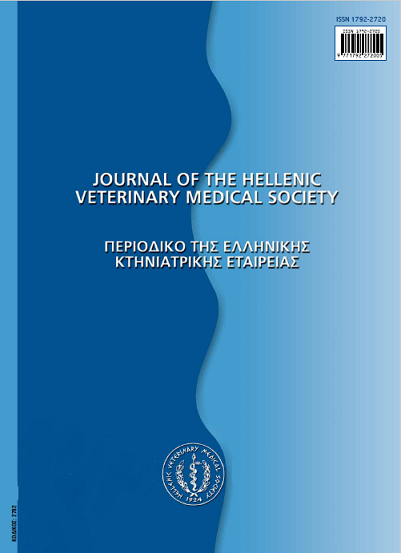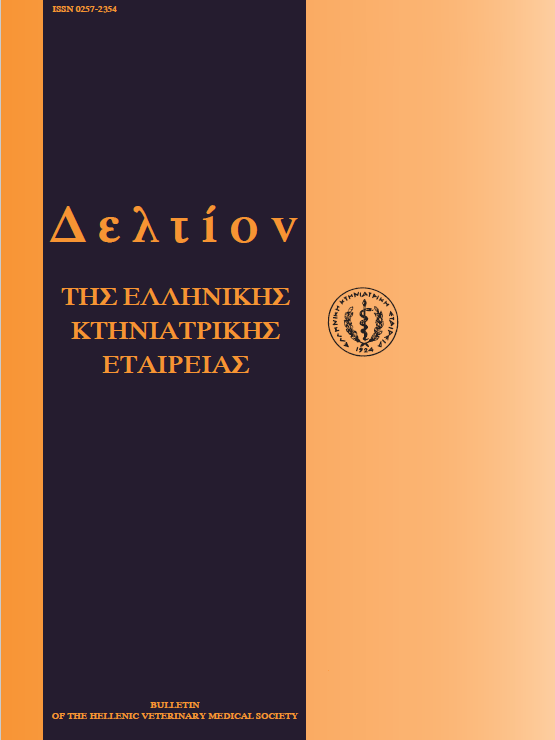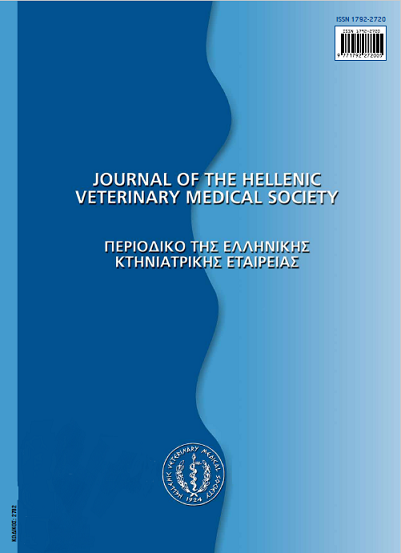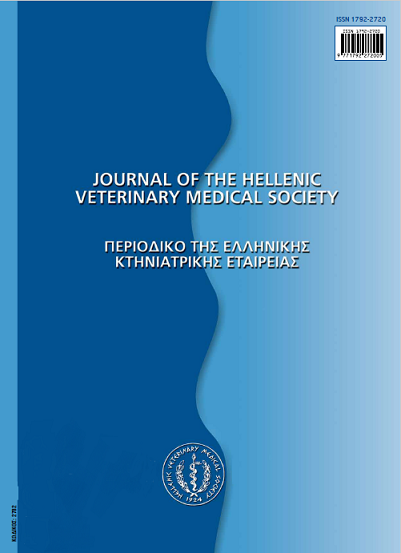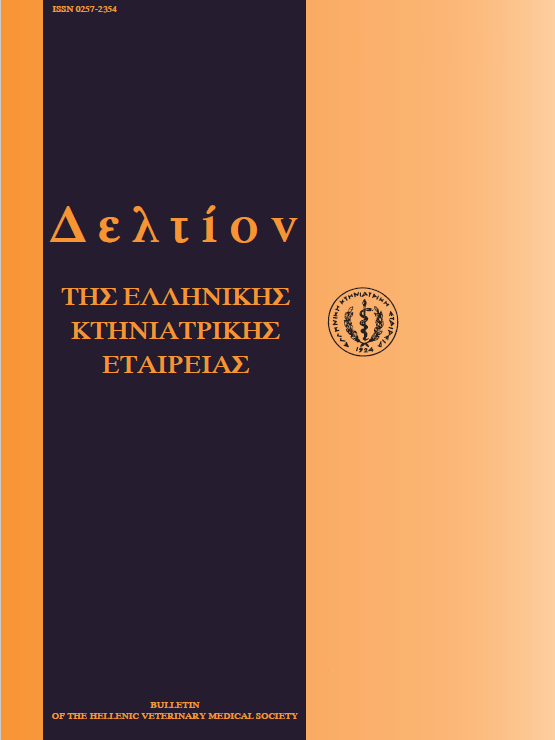Modern aspects on etiopathogenesis of canine osteoarthritis
Abstract
Extracellular matrix and chondrocytes are the main structure components of the articular cartilage. The extracellular matrix is largely comprised of collagen fibers, proteoglycans and water, whereas the metabolically active chondrocytes are responsible for its production and maintenance. An interaction of the physical and biochemical characteristics of the articular cartilage is necessary for normal joint function by providing nearly frictionless motion, wear resistance, joint congruence and loading transmission to subchondral bone. The vicious cycle of osteoarthritis sets forth when structural and homeostatic aberrations, secondary to congenital or acquired joint diseases, occur in the articular cartilage. Although the pathological and biochemical changes of the articular cartilage in the osteoarthritic joint have been studied extensively, the exact mechanism pertaining its pathogenesis is still unknown.
Article Details
- How to Cite
-
DANOURDIS (Α. Μ. ΔΑΝΟΥΡΔΗΣ) A. M., & KOUTINAS (Α.Φ. ΚΟΥΤΙΝΑΣ) A. F. (2017). Modern aspects on etiopathogenesis of canine osteoarthritis. Journal of the Hellenic Veterinary Medical Society, 57(1), 19–26. https://doi.org/10.12681/jhvms.15006
- Issue
- Vol. 57 No. 1 (2006)
- Section
- Review Articles
Authors who publish with this journal agree to the following terms:
· Authors retain copyright and grant the journal right of first publication with the work simultaneously licensed under a Creative Commons Attribution Non-Commercial License that allows others to share the work with an acknowledgement of the work's authorship and initial publication in this journal.
· Authors are able to enter into separate, additional contractual arrangements for the non-exclusive distribution of the journal's published version of the work (e.g. post it to an institutional repository or publish it in a book), with an acknowledgement of its initial publication in this journal.
· Authors are permitted and encouraged to post their work online (preferably in institutional repositories or on their website) prior to and during the submission process, as it can lead to productive exchanges, as well as earlier and greater citation of published work.

